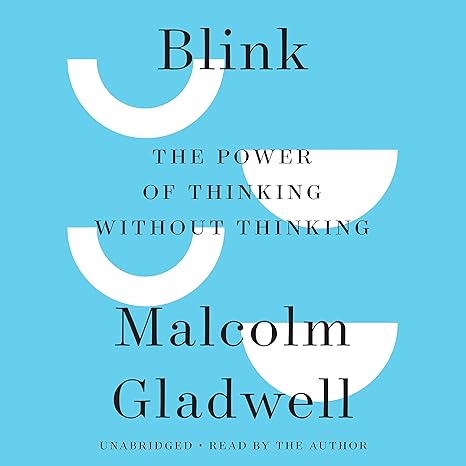In his book Blink, Malcolm Gladwell takes a deep dive into decision-making at both individual and organizational levels. He examines split-second decisions that must be made in the “blink of an eye” as well as longer-term planning.
The question becomes, is there a relationship between the amount of time spent making a decision and the quality of the final result? In one chapter he looks at organizations that spend so much time analyzing what they want to do that, when the time comes to implement the strategy, the landscape has completely changed. Then there is the (very accurate) military axiom that “all of the planning in the world becomes irrelevant as soon as the first shot is fired”.
The one passage that resonated with me the most came from the CEO of a mid-sized organization. Their approach had broad applications to model railroading. When an issue was in front of them (marketing, manufacturing, etc.) he’d gather his team together and they’d discuss options for an hour or so. He’d then wrap the meeting up, a decision would be made, and the strategy would be implemented. His point was, that no matter what the decision was, adjustments would need to be made once they got into things. In other words, push the boat out into the water and adjust the tiller as you go.
Many modelers spend years, even decades, drawing various design iterations, hoping to avoid at all costs, god forbid….a mistake. It’s a fool’s errand. You can’t. You’re far better off sketching something up that makes reasonable sense, diving in, and making any necessary tweaks as you go. As your time in front of the computer or sketch pad drags on, you quickly hit the point of diminishing returns as it relates to the quality of your design. The more layouts you have under your belt, the better each subsequent plan becomes.
There are hard limits on what a two-dimensional drawing will tell you. Get the bench work up and rely on mock-ups. Or, tape things out on the floor of your space. Glue your track down lightly until you’ve had a chance to run the layout for a while and see what you have. Once you have things in front of you and can see it in 3D, you’ll be in a much better position to make any needed design adjustments. You don’t know what you don’t know until you gain experience. You gain experience by building layouts, not by staring at a computer screen.
Mistakes are unavoidable. The ones I see the most? Not designing towards your true interests, biting off more layout than you have the resources (time or skills) to build, and not accounting for human comfort (aisles, reach in distances, etc). And the biggest error? It is by far the largest and most common…. Drum roll please…
In their quest to attain perfection before the first board is cut, modelers lose sight of the most catastrophic mistake……never building anything and gaining the necessary experience to make better decisions in the future.

Analysis Paralysis has a lot to do with delays and no decisions/action. All the level 7 employees ( Level 8 were Managers) at GMD in London took a Wilson Learning course on Managing Interpersonal Relations and were assessed by that company which identified four basis personality types based on empathy and assertiveness, AMIABLE DRIVER EXPRESSIVE AND ANALYTIC. These four could be broken down to 64 groups, and participants were categorized. The ANALYTIC ANALYTIC ANALYTIC were seen by other groups as Analysis Paralysis never making a decision quickly and by a clean desk with no photographs of people. Usually engineers or scientists. This course was useful after I quit GMD in assessing Small Business owners seeking tax dollars from the GOVERNMENT. It also explains why certain people will never start but gather more and more information seeking perfection. You are what happened to you when.